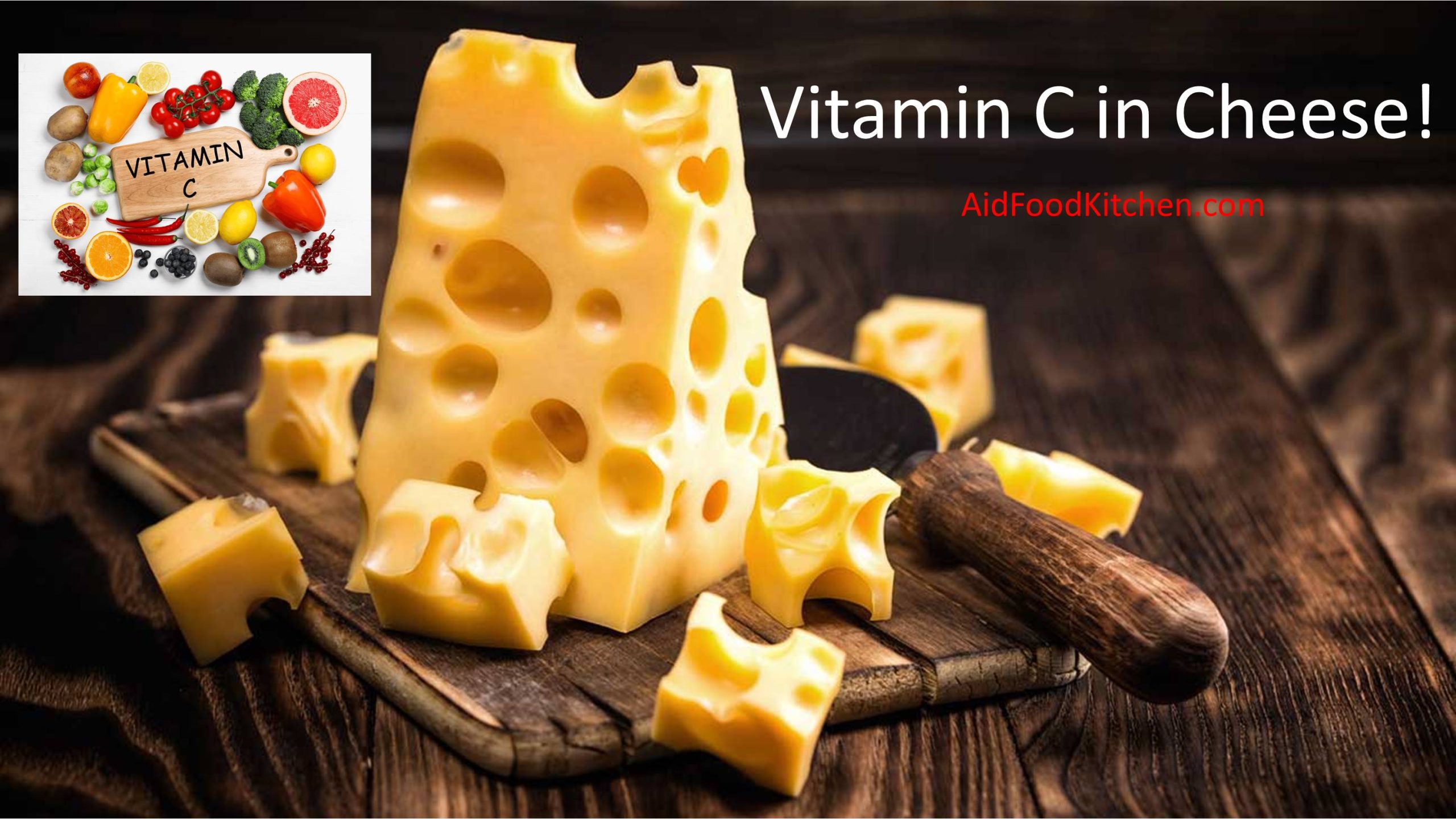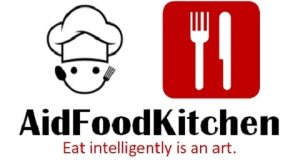We know cheese is not a significant vitamin C. Vitamin C is primarily found in fruits and vegetables, such as oranges, strawberries, bell peppers, and broccoli. So, while it’s possible that trace amounts of vitamin C could be present in cheese due to the diet of the animals producing the milk, this amount would be negligible and not enough to contribute meaningfully to the recommended daily intake of vitamin C.

Does Cheese Have Vitamin C?
Yes, cheese can have vitamin C. For example, regular (4% fat) and low-fat (1.5% fat) cottage cheese has 3.5 mg of vitamin C in 113.6 grams of cheese, while Turkish Otlu (herby) cheese has more than 3 mg in 100 g of cheese. However, Gouda or Cheddar cheese does not have vitamin C at all.
According to the research paper Fortification of Cottage Cheese with Vitamins A and C, both regular (4% fat) and low-fat (1.5% fat) cottage cheese were fortified with vitamin A palmitate at a level of 2500 IU and ascorbic acid (vitamin C) at a level of 3.5 mg in 113.6 grams of cottage cheese. This means that each serving of cottage cheese, regardless of the fat content, contains 3.5 mg of vitamin C.
Turkish Otlu (herby) cheese is a unique cheese variety from Turkey. It is known for its distinctive flavor and aroma, achieved by incorporating various herbs and spices during the cheese-making process. This cheese has 3 mg of Vitamin C in 100 g of cheese and high vitamin A and Fe values. Here’s some more information about Turkish Otlu cheese:
- Preparation: Turkish Otlu cheese is typically made from cow’s milk, although sheep’s or goat’s milk may also be used. First, the milk is curdled using natural enzymes or microbial cultures; then, the curds are cut, drained, and pressed to remove excess whey.
- Herb and Spice Infusion: What sets Turkish Otlu cheese apart is the infusion of various herbs and spices. Commonly used ingredients include thyme, oregano, red pepper flakes, black cumin seeds, and mint. These aromatic herbs and spices are mixed into the curds before the cheese is shaped and aged.
- Flavor and Aroma: Adding herbs and spices impart a distinct, savory flavor to Turkish Otlu cheese. It has a slightly tangy herbal taste with a hint of spiciness. Due to the presence of herbs and spices, the cheese’s aroma is often described as earthy and aromatic.
- Texture: Turkish Otlu cheese has a semi-hard to firm texture, depending on the specific aging period. It is slightly crumbly and easily sliced or crumbled for various culinary uses.
- Culinary Uses: Turkish Otlu cheese is versatile and can be enjoyed in various ways. It is commonly used in salads, sandwiches, and meze (appetizer) platters. It pairs well with crusty bread, olives, and fresh vegetables. In addition, the unique flavor profile of the cheese adds depth and character to many dishes.
- Regional Variations: Different regions in Turkey may have variations of Otlu cheese, incorporating locally available herbs and spices. The herbs and spices used can vary, making each regional variety unique.
Vitamin Cheese Loss in Cheese
Some vitamin C (ascorbic acid) loss can occur during the cheese-making process. Several factors contribute to the degradation or loss of vitamin C in cheese:
- Heat: Heat is often used during the cheese-making process, such as during pasteurization or heating the milk to initiate curdling. Vitamin C is sensitive to heat and can degrade at high temperatures, reducing its content.
- Oxidation: Vitamin C is an antioxidant susceptible to oxidation, especially under air exposure. During cheese production, exposure to oxygen can lead to the breakdown of vitamin C molecules, resulting in its loss.
- Enzymatic activity: Certain enzymes in milk or starter cultures used in cheese-making can break down vitamin C. These enzymes, such as ascorbic acid oxidase, can lead to vitamin C degradation during fermentation and aging processes.
- pH Levels: The pH of cheese can affect the stability of vitamin C. Acidic conditions can cause vitamin C to degrade over time, leading to a decrease in its content.
It’s important to note that the extent of vitamin C loss can vary depending on the cheese-making process, including factors such as temperature, duration of heating, presence of oxygen, and the type of starter cultures used. Additionally, the initial amount of vitamin C present in the raw ingredients and the storage conditions of the cheese after production can also influence the final vitamin C content.
Fortification, as mentioned earlier in the case of fortified cottage cheese, is a standard method used to address potential vitamin C loss during food processing. By adding additional vitamin C to the cheese, manufacturers can ensure that the final product contains the desired amount of this nutrient.
- How Many Tablespoons is One Clove of Garlic? - June 26, 2024
- How to Measure 3/4 Cup When You Don’t Have the Right Measuring Cup? - June 6, 2024
- How Much Does Cooked Pasta Weight Compare To Dry? - April 30, 2024
